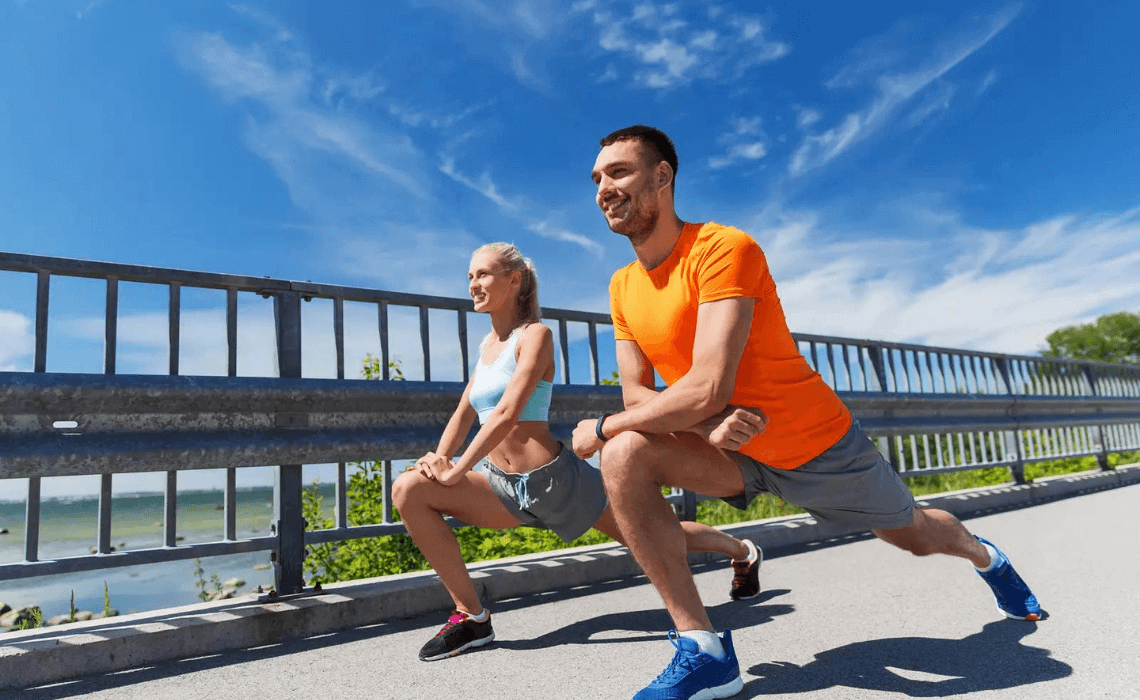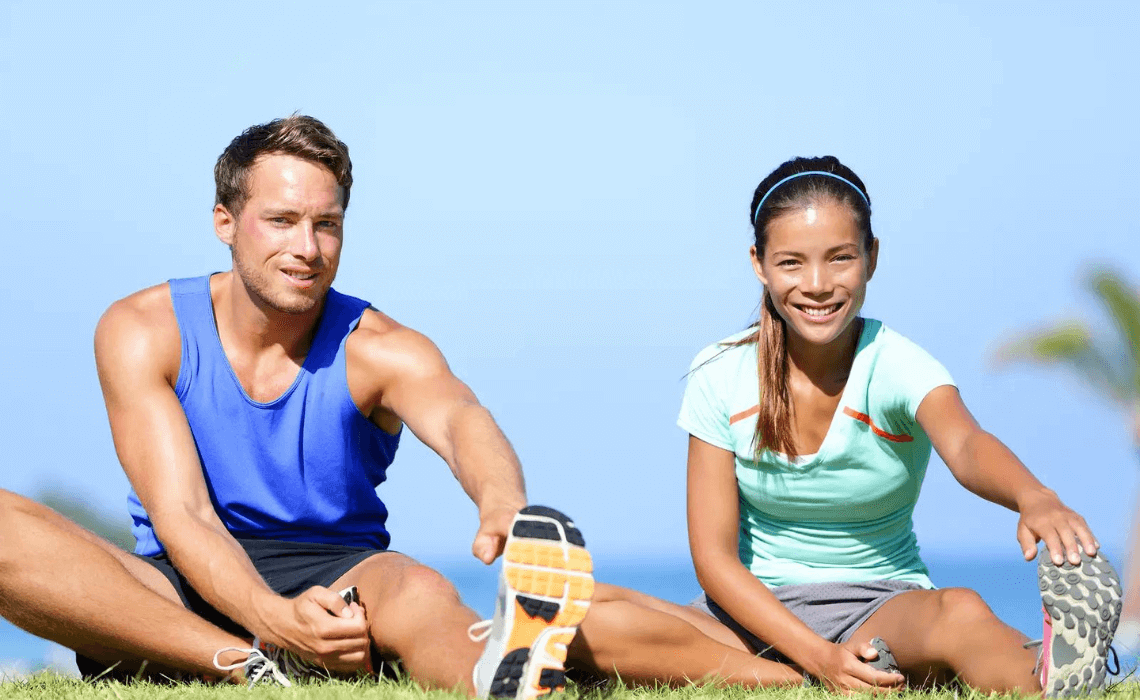It is hard to ‘stretch’ your mind around the hundreds of ways to stretch your body. Whether it be to assist an injury or just to become more flexible, stretching is an integral part of keeping the body fit and healthy, but what is the best way to stretch, and what are the most important things to remember when doing so? This article will provide you with tips and practical advice that will help you stretch better. If you have a specific injury you are dealing with or a specific area you feel needs extra stretching you should book in to see your physiotherapist at Revital Health Physio & Massage to get an individualized assessment and personalized advice on the best stretching program for you. Remember, just because something feels tight, that doesn’t necessarily mean it needs to be stretched!
Despite years of athletes of all levels performing long static stretches before their event or exercise there has been an overwhelming volume of evidence that has actually shown that these types of stretches do not reduce the incidents of injury and may actually be slightly harmful rather than helpful to the athlete when done prior to exercise! In addition, rather than assist the body to perform better in the impending exercise, long-hold static stretches have been shown to activate a reflex within the body that actually inhibits the muscles ability to fire. To put this in simple terms, you wouldn’t be able to jump as high after performing static stretches as you would if you didn’t perform them! The conclusion that has been drawn is that in order to prepare the body for muscular performance and to avoid injury, a combination of a general body warm up, a neuromuscular warm up, along with dynamic-type stretches (rather than static-type ones) are actually more beneficial.
Warming your body up for exercise should consist of exactly that: warming up! Doing a general body warm up of 5-10 minutes in order to get your core temperature up and your blood flowing to the muscles is essential to improving muscle performance. Depending on what activity you are about to engage in, a brisk walk, some jumping jacks, or riding a stationary bike can do the trick. Tuck jumps, rope skipping, or running on the spot can also adequately warm the body up along with any other cardiovascular activity you might enjoy. Be sure not to let your body cool down once it is warmed up. You shouldn’t feel like you cool down until after your activity is fully complete. If for some reason you have a time of inactivity in your exercise where you feel yourself cool down, you should get the core temperature up again with another short bout of a general body warm up activity.
There has been a lot of talk about neuromuscular warm-ups over the past few years but what exactly does that mean? A neuromuscular warm up focuses on priming the nerve-muscle connection so that they are both ready to be activated, and are ready to be activated properly during the activity you are about to engage in. Neuromuscular activities as part of a warm up ‘turn on’ the neuromuscular connections in your body. It’s a way of getting your “head in the game” by activating the brain’s connection to your joints and muscles. They remind your body of the best way to activate your muscles so they fire in the right order with the right force, you are not under the pressure of performing the actual sport.

Dynamic stretches use movement in order to prepare the joints and tissues for the repetitive motions of the activity you are about to engage in. For the upper extremity, examples of dynamic stretches are arm swings across the body, or wide arm circles. Lower extremity stretches might include back and forth or side-to-side leg swings. It is also encouraged to perform simulated movements of the sport or activity you are about to engage in. For example, a golfer could simulate a swing several times (with or without a club), a runner may jog on the spot, or a swimmer could practice some strokes lying over an exercise ball poolside. Think of the dynamic stretches as ‘mini-rehearsals’ for the main event!

Static stretches can be useful as part of your cool down or part of a rehabilitation program in order to recover from an injury or improve your flexibility. If you are dealing with an injury, the stimulus of a static stretch may help encourage scar tissue to be laid down in the proper direction as well as encourage the building of tensile strength in the healing tissues. In addition a static stretching may assist the recovery of that injury by allowing you to tolerate greater ranges of movement over time. The same occurs if you are simply trying to improve your flexibility. Interestingly enough, although it may feel like you are increasing the length of your muscle fibers and tendons when you statically hold a position, the current evidence shows that this is likely not the case. The improvements in range of motion that one sees over time are not actually due to increased muscle fiber length but may simply be due to one’s ability to tolerate the stretch sensation at further end points.
Copyright © Sonic Rehab. Designed By Digisnare Technologies.